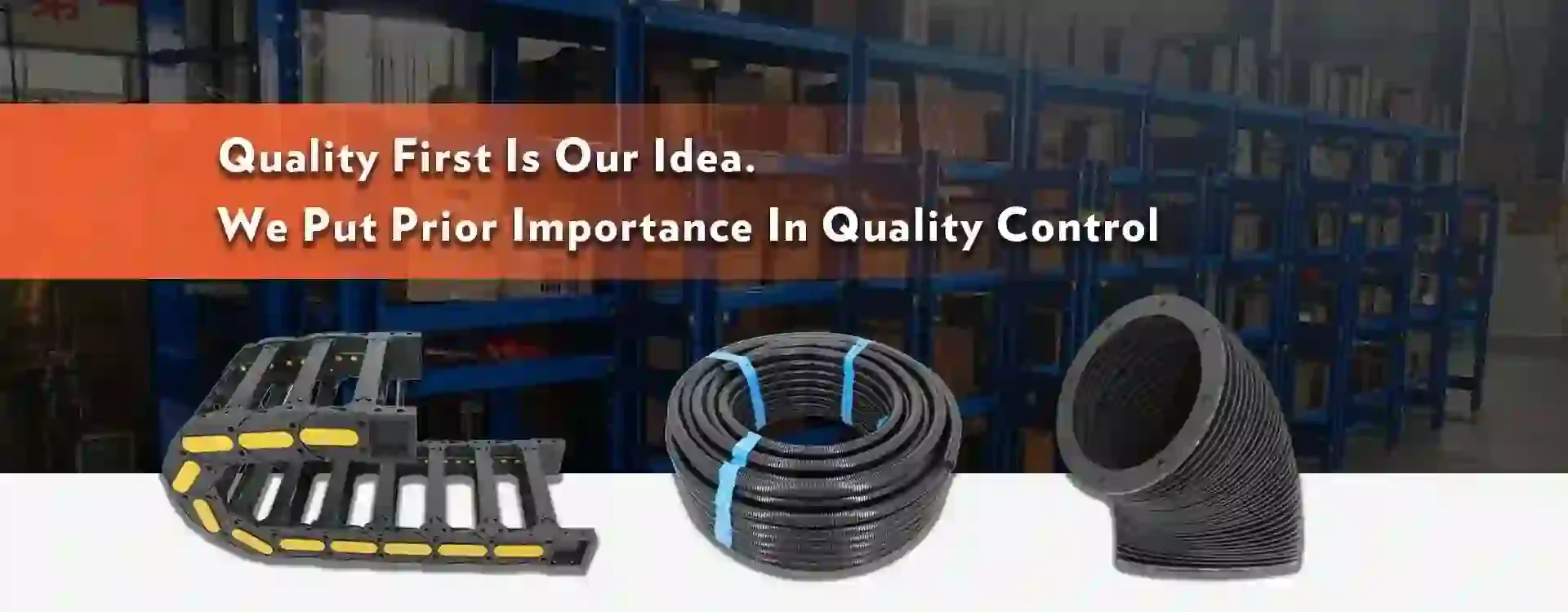Cable management solutions for efficient organization and safety in your workspace
The Importance of Cable Tracks in Modern Industries
In today’s fast-paced technological environment, maintaining organized and efficient operations is essential for businesses across various sectors. One often-overlooked component that plays a critical role in maintaining order and efficiency is the cable track. Cable tracks, also known as cable carriers or cable management systems, are designed to guide and protect cables, hoses, and other flexible connections in various industrial applications. This article will explore the significance of cable tracks, their various types, benefits, and applications in modern industries.
Understanding Cable Tracks
Cable tracks are specifically engineered systems that allow for the safe routing of cables and hoses in environments where movement and flexibility are crucial. They are typically made from durable materials such as plastic or metal and come in a variety of sizes and designs. The primary purpose of these systems is to minimize the risk of cable wear and tear, protect against environmental factors, and improve overall workplace safety.
Types of Cable Tracks
1. Plastic Cable Tracks Lightweight and corrosion-resistant, plastic cable tracks are often utilized in environments where chemical exposure is a concern. They are flexible and can be configured in various shapes to suit different applications.
2. Metal Cable Tracks These are designed for heavier industrial use, providing robustness and durability. Metal tracks can withstand high temperatures and rough conditions, making them suitable for manufacturing facilities and other demanding environments.
3. Energy Chains A specific type of cable track known as energy chains is designed to manage power and energy transmission lines. These are essential in applications involving robotics, automated machinery, and various types of industrial equipment.
4. Custom Tracks Many manufacturers offer custom cable track solutions tailored to specific needs. These can include special shapes, sizes, and configurations that help meet the unique demands of particular industries.
Benefits of Cable Tracks
1. Enhanced Safety By providing a designated pathway for cables and hoses, cable tracks significantly reduce tripping hazards in the workplace. They help maintain a tidy environment where cables are protected from physical damage and accidents.
2. Improved Durability Cable tracks are designed to withstand wear and tear, reducing the risk of cable failure due to fraying or damage. This leads to lower maintenance costs and increased operational efficiency.
cable track

3. Ease of Movement In environments where machinery needs to move freely, such as in factories or warehouses, cable tracks allow for smooth and flexible movement of equipment while ensuring that cables remain untangled and secure.
4. Streamlined Installation Many modern cable tracks come with easy installation features that save time and labor costs. Quick-assembly designs allow for rapid deployment, making it easier for businesses to adapt to changing operational needs.
5. Versatility Cable tracks can be used in a variety of settings, from manufacturing plants to amusement parks and even in office environments. Their adaptability makes them an invaluable asset in numerous applications.
Applications Across Industries
Cable tracks are widely utilized across various sectors, including
- Manufacturing In assembly lines and production floors, cable tracks keep power, data, and control lines organized, supporting the seamless operation of heavy machinery.
- Robotics In automated systems, energy chains ensure that robot arms and automated processes operate without interruption, minimizing the likelihood of cable-related malfunctions.
- Construction Heavy machinery often requires extensive cabling for power and control systems; cable tracks allow for efficient organization and movement on job sites.
- Healthcare In hospitals, cable tracks help manage medical equipment cables, improving safety and ensuring that vital machinery remains operational.
Conclusion
In summary, cable tracks are vital components of modern industrial operations. By enhancing safety, improving durability, simplifying installation, and providing versatility across various applications, they contribute significantly to the efficiency and effectiveness of business processes. As industries continue to evolve and adapt to new technologies, the role of cable tracks will become even more essential in facilitating robust and organized systems. Embracing effective cable management solutions is not just a choice; it is a necessity for businesses aiming to thrive in the competitive landscape of the future.








